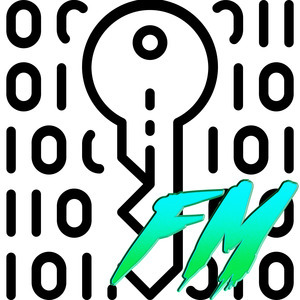Episode 2
Episode 2: Breaking Lightweight Symmetric Cryptography!
October 6th, 2020
34 mins 24 secs
Tags
About this Episode
Aside from working on a competition for standardizing post-quantum primitives, the United States National Institute of Standards and Technology, or NIST, has also organized a lightweight cryptography competition meant to attract designs for symmetric primitives, such as hash functions and authenticated encryption ciphers, that work in use cases where even AES is not an adequately speedy standard.
Among the submissions to NIST’s lightweight cryptography competition has been Gimli, a family of cryptographic primitives comprised of a hash function and of an authenticated encryption with associated data (AEAD) cipher. Named after the Lord of the Rings Dwarf warrior and authored by a long list of accomplished cryptographers, Gimli looked like a promising submission -- until a team of cryptanalysts at INRIA produced a surprising set of results outlining some potentially serious weaknesses in Gimli’s current design.
In their paper, which recently was declared as the winner of the IACR Asiacrypt 2020 Best Paper Award, Antonio Flórez Gutiérrez, Gaëtan Leurent, María Naya-Plasencia, Léo Perrin, André Schrottenloher and Ferdinand Sibleyras from the INRIA research institute here in France presented some very strong results against Gimli’s security.
But why does Gimli even matter? Why aren’t AES, ChaCha20-Poly1305, and BLAKE2 enough, even for the most performance-constrained scenarios? And how did this team of researchers succeed in obtaining such serious results on a family of cryptographic primitives that was certainly designed with care and expertise?
Links and papers discussed in the show:
- New results on Gimli: full-permutation distinguishers and improved collisions
- Lower Bounds on the Degree of Block Ciphers
- Saturnin lightweight cryptography
Music composed by Toby Fox and performed by Sean Schafianski.

